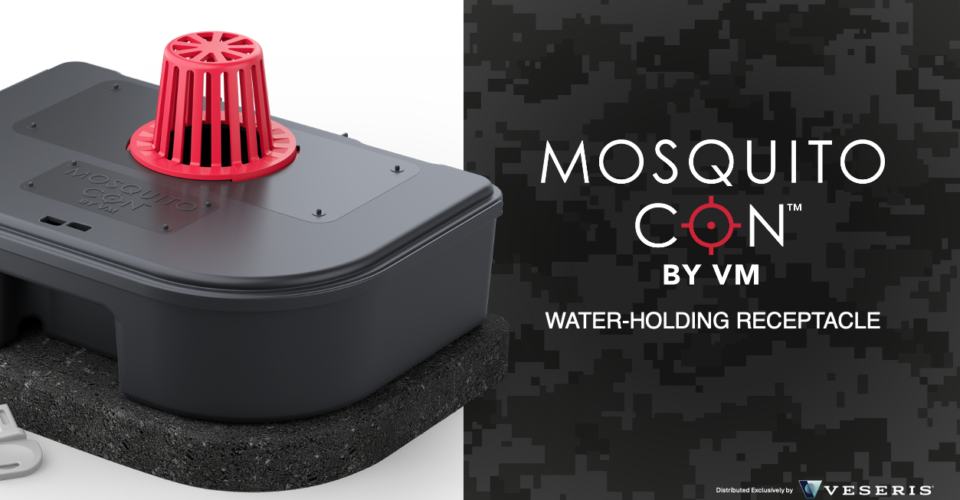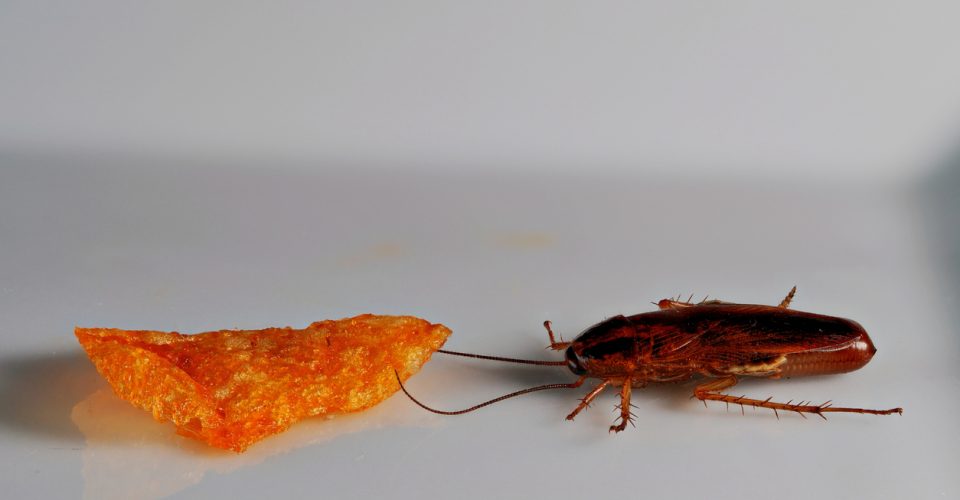Over the past few years, our company has been developing various electronic rodent monitoring systems for the professional pest control market. Everyday we see the advantages that this type of system offers over traditional rodent control. It frees up technicians to focus on risk assessments, prevention, and client reinforcement – rather than inspecting non-active devices. It provides a real-time notification of a rodent’s behavior, as well as the time and place of the activity. These immediate alerts lead to more efficient responses: identifying and treating before infestations occur or grow.
I often get asked if I believe that this is the future of rodent management. My answer to that is yes. The Internet of Things (IoT) is introducing itself into pest control across various pest platforms and will only continue to expand in the future. By being able to have access to more information relevant to a rodent station, pest control technicians and their customers can use that data to make better, more informed decisions based on actual rodent activity.
The acceptance of ERM technologies already exists in many markets in Europe as these new systems continue to be developed and come to market, including in the United States, Canada, and Mexico. The overwhelming push behind what drives the technology is the need to have access to more data about pest control services, specifically patterns in rodent activity.
ERM systems work in a wide array of facilities to provide successful data management and monitoring of rodent activity. Because of the critical need for safety and cleanliness, food manufacturing facilities have quickly embraced the technology. For that industry, it provides better information to the pest professional and quicker audit data to the quality assurance manager. However, these systems can enhance and improve pest control in virtually any type of setting. In a warehouse setting, they are ideal for hard-to-reach areas such as behind machinery, on rooftops, in basements or in upstairs storage areas – places where a real-time notification can give a first response to rodent activity as these stations and traps are not typically visible daily in these areas.
This is a paradigm shift, so pest professionals who embrace the new access to rodent data will be able to shift their activity and responses based on that information. It will also allow them to provide a timely response if a full infestation occurs versus a single trap being triggered.
Over the past few years, our company has been developing various electronic rodent monitoring systems for the professional pest control market. Everyday we see the advantages that this type of system offers over traditional rodent control. It frees up technicians to focus on risk assessments, prevention, and client reinforcement – rather than inspecting non-active devices. It provides a real-time notification of a rodent’s behavior, as well as the time and place of the activity. These immediate alerts lead to more efficient responses: identifying and treating before infestations occur or grow.
I often get asked if I believe that this is the future of rodent management. My answer to that is yes. The Internet of Things (IoT) is introducing itself into pest control across various pest platforms and will only continue to expand in the future. By being able to have access to more information relevant to a rodent station, pest control technicians and their customers can use that data to make better, more informed decisions based on actual rodent activity.
The acceptance of ERM technologies already exists in many markets in Europe as these new systems continue to be developed and come to market, including in the United States, Canada, and Mexico. The overwhelming push behind what drives the technology is the need to have access to more data about pest control services, specifically patterns in rodent activity.




